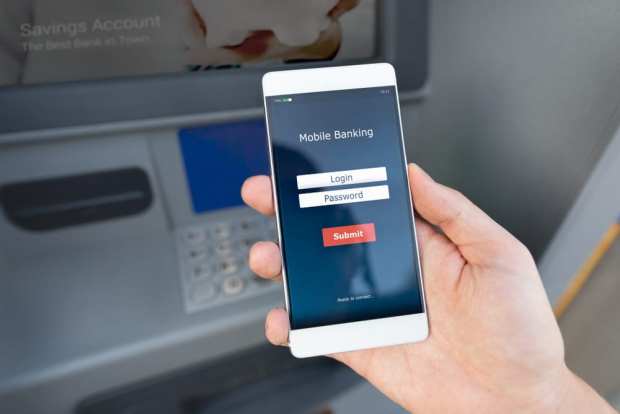VyStar Credit Union On Using Mobile To Enhance The In-Person Banking Experience

Meeting consumers’ banking needs during the pandemic has meant offering mobile and digital channels so that customers may engage in remote and contactless banking experiences.
Providing those services requires credit unions (CUs) to invest not only in technology but also in employee training to better support members’ evolving needs. PYMNTS sat down with Joel Swanson, chief member experience officer at VyStar Credit Union, to discuss the evolving role of digital and mobile channels in the CU space and how the CU is keeping up with its members’ changing needs.
Swanson explained that VyStar recognized the critical role of touch-free experiences during the health crisis but wanted members to continue to enjoy the level of personalization they expect from a CU. The Jacksonville, Florida-based CU recently rolled out a mobile texting tool to this end that allows members to drive to a branch and connect with the text-enabled branch telephone number. An employee, not a bot, will respond and say something like, “Come on in, there’s no wait,” or “You’re looking at a 10-minute wait.” An automated text is sent to waiting customers when it’s their turn.
“What I love about this is [that] even when COVID-19 is over, we plan to keep it because people have built relationships with staff at the branch, and this will allow them to talk to us from the comfort of their car,” Swanson said.
The need for this service was realized once the pandemic began, and the CU worked quickly to find and implement the solution within weeks, he added.
Meeting the Banking Needs of a Digital-First, Younger Member Base
CU members have an average age of 47, and that has made it imperative for CUs to devise ways to appeal to younger customers and build relationships with them.
VyStar has looked to build up its member base through a unique program that installed student-operated branches at 17 high schools in northern Florida. The program helps teens become CU members and maintain accounts through high school, college and beyond. The students who work in the branches also teach fellow students about finance, Swanson said.
Bringing in a younger demographic also means delivering their digital-first banking needs. VyStar has seen the importance of making this shift firsthand during the pandemic. The CU experienced a 159 percent increase in members seeking to open accounts online and a 30 percent uptick in mobile check deposits. Eighty-two percent of its 735,000 members have now used digital banking capabilities in some way, and they are likely to continue using digital methods even after the pandemic, Swanson noted, given the ease and convenience these methods offer.
Calls Up, Branch Visits Down
With the move away from in-person banking has come a natural shift in how members access customer support. Branch transactions at VyStar dropped 24 percent this year compared to a year ago, while call volume at its contact center has increased by as much as 58 percent.
Keeping up with this shift has led VyStar to reallocate its branch employees to providing phone support to its members. Many of these phone inquiries, Swanson said, are related to its members’ new digital needs, ranging from forgotten passwords to transaction disputes to the details of loan payments for customers who have not previously used digital channels. This increase in call volume has even led the CU to expand its call center infrastructure.
“We have a secondary call center in a remote location, so if one is impacted, the other won’t be affected,” Swanson said.
Physical Branches Retain Relevance
Shuttering brick-and-mortar branches has been a widely observed trend in the financial services space during the pandemic. Physical branches continue to play a key role for VyStar, however, even as its members are embracing mobile tools to access banking services in their day-to-day lives. VyStar, which has 60 branches, recently opened a new one.
“Our physical branches are still a really important part of what we do,” he said. “Our customers want to go into a branch for more complex needs or if they want a person-to-person interaction.”
That importance has not stopped the CU from making other advances in contactless banking services in light of the ongoing crisis. VyStar’s drive-thru locations previously enabled only a limited set of transactions, but the CU has been making updates to permit a much broader set of tasks, such as opening accounts or immediately replacing a debit card.
“Sometimes that involves having the customer pull ahead, and staff will run out with whatever they need,” Swanson said.
The changing nature of the pandemic means that CUs must continually rethink their innovation strategy. VyStar has looked to draw inspiration from the quick-service restaurant (QSR) industry, which was hit hard as consumers shied away from eating out.
Many restaurants offer drive-thru service as well as the option of placing orders inside establishments, and Swanson said he believes this could work for financial institutions (FIs) as well. VyStar members, he said, want the flexibility to interact as they do with other retail delivery models, and this inspiration can drive continued innovations to offer expanded convenience and meet members’ preference in a post-pandemic world.

